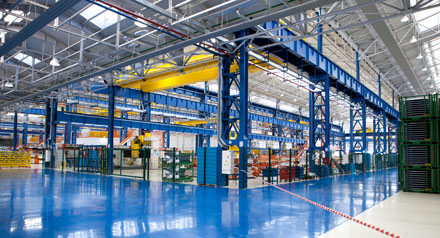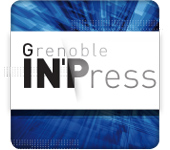ADEME encourages - and is sometimes even responsible for launching - initiatives that make eco-design more accessible. We fund research and development projects for eco-design methods and tools amongst professional federations, technical institutes, universities and businesses, explains Hélène Bortoli. We also help companies to fund dissertations, for instance. Another example is the SCORELCA association, which is also supported by ADEME. Created in March 2012, the association was set up to promote and organise collaboration between the main industrial, institutional and scientific players with the aim of encouraging the development of comprehensive environmental quantification methods (in particular life-cycle assessment) and their implementation. ADEME also supports the EcoSD network, which aims to promote exchanges between researchers, manufacturers and researchers, and manufacturers with a view to disseminating knowledge in the field of eco-design for sustainable development systems in France.

An advantage for businesses
Companies are eager because eco-design, far from being a constraint, presents a number of advantages for companies, especially in terms of competitiveness, innovation and differentiation. Controlling the flow of material and energy throughout a product's life cycle is a source of potential savings. Eco-design makes it possible to anticipate future regulations at lower cost by incorporating them upstream. In addition, there is better control of environmental risks and potential disputes, which increases stakeholder confidence and the confidence of business partners. Finally, it improves a company's image amongst its clients. Consumers may benefit from products that are cheaper to use and whose functional quality is more suited to their needs. There are also advantages for the wider community, be it in terms of the management of natural resources, energy, waste, etc.

An advantage for businesses
Companies are eager because eco-design, far from being a constraint, presents a number of advantages for companies, especially in terms of competitiveness, innovation and differentiation. Controlling the flow of material and energy throughout a product's life cycle is a source of potential savings. Eco-design makes it possible to anticipate future regulations at lower cost by incorporating them upstream. In addition, there is better control of environmental risks and potential disputes, which increases stakeholder confidence and the confidence of business partners. Finally, it improves a company's image amongst its clients. Consumers may benefit from products that are cheaper to use and whose functional quality is more suited to their needs. There are also advantages for the wider community, be it in terms of the management of natural resources, energy, waste, etc.
SUMMARY
- Editorial :The rise of eco-design
- Eco-design: a concept adopted by the world of business
- An approach supported by the authorities
- PIME: two-fold environmental expertise
- Neopost: "The ideal end of life for a product is to be born again'!"
- Schneider Electric: fifteen years of eco-design
- Soon all new ST products will be eco-designed
- A new life for lithium





